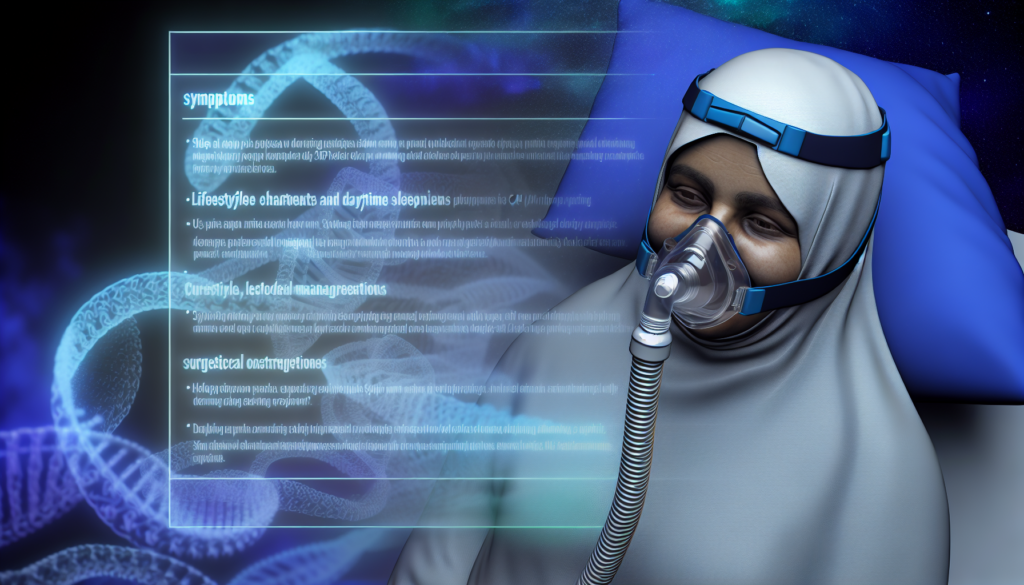Understanding and Managing Sleep Apnea at Home
One of the significant health challenges faced by many home health patients is managing sleep disorders, and in particular, sleep apnea. This condition, which causes breathing to stop and start again during sleep, can have profound effects on overall health, well-being, and quality of life.
Understanding, diagnosing, and managing sleep apnea is vitally important for those living with it. This article will delve into this condition, exploring its causes, symptoms, impacts, and management strategies for effectively dealing with sleep apnea at home.
What is Sleep Apnea?
Sleep apnea is a common and serious sleep disorder. It causes your breathing to become shallow or stop completely during sleep. These breathing interruptions can last a few seconds to minutes and can occur 30 times or more an hour. This inconsistent breathing can negatively impact your sleep, leaving you feeling tired and even groggy during your waking hours.
Types of Sleep Apnea
There are three main types of sleep apnea:
- Obstructive Sleep Apnea: This is the most common type. It occurs when throat muscles relax, blocking the airway during sleep.
- Central Sleep Apnea: Unlike obstructive sleep apnea, your airway isn’t blocked in central sleep apnea. Instead, your brain fails to send signals to the muscles that control breathing.
- Complex Sleep Apnea: Also known as treatment-emergent central sleep apnea, it is a combination of both obstructive and central sleep apnea.
Symptoms of Sleep Apnea
Common symptoms of sleep apnea include:
- Loud snoring.
- Episodes of stopped breathing during sleep.
- Gasping for air during sleep.
- Waking up with a dry mouth.
- Morning headache.
- Difficulty staying asleep (insomnia).
- Excessive daytime sleepiness (hypersomnia).
- Difficulty paying attention.
- Feeling irritable.
Managing Sleep Apnea at Home
For milder cases of sleep apnea, doctors might recommend lifestyle changes. These could include:
- Weight loss if you’re overweight.
- Exercise to improve your physical health and sleep.
- Avoidance of alcohol and certain medications such as tranquilizers and sleeping pills.
- Quitting smoking, which increases the amount of inflammation and fluid retention in the upper airway.
- Using a specially designed pillow or physical therapy exercises to ensure a good sleep position.
For more severe cases, there are several types of devices that can help keep your airway open while you sleep. Continuous positive airway pressure (CPAP) devices, for example, do this by delivering a constant stream of air through a mask that you wear while you sleep. There are also numerous dental devices and lower jaw positioners available.
Conclusion
Sleep apnea is a serious condition, but with understanding and management, it can be controlled, and the quality of life can be improved. If you feel you may be suffering from sleep apnea, it’s important to consult with a healthcare professional who can guide you through the process of diagnosis and management.
In any case, remember that you’re not alone. Plenty of resources are available to help, from supportive communities to medical devices. With the right help, you can manage your sleep apnea effectively and enjoy restful, restorative sleep once again.



